Coronavirus and the 5 major threats it poses to global food security
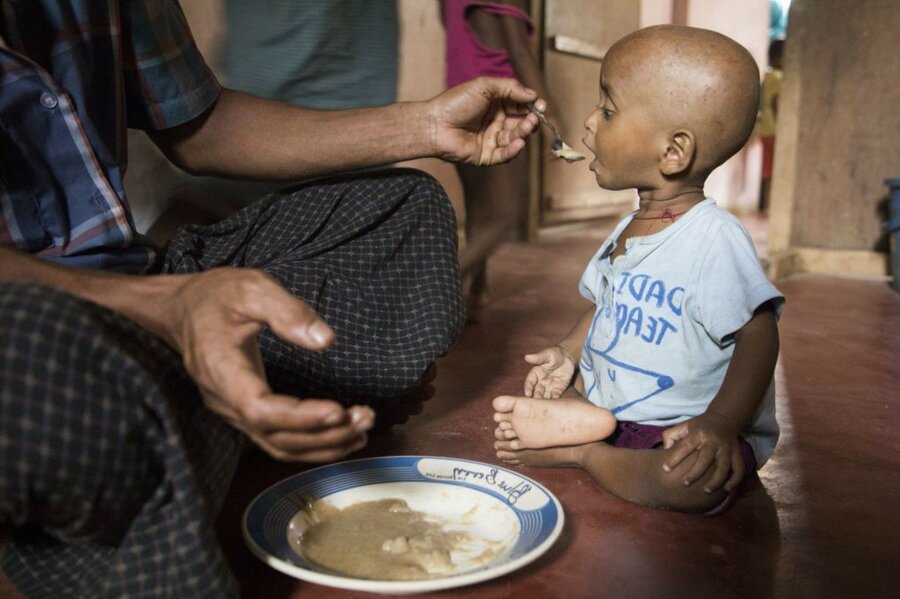
Story by Chase Sova, acting Head of Public Policy for WFP-USA.
Entering 2020, the number of hungry and malnourished people around the world was already on the rise due to an increase in violent conflict and climate change impacts. Today, over 800 million people face chronic undernourishment and over 100 million people are in need of lifesaving food assistance. The novel coronavirus, COVID-19, risks undermining the efforts of humanitarian and food security organizations seeking to reverse these trends.
As former International Food Policy Research Institute (IFPRI) Director General Shenggen Fan, writes, "COVID-19 is a health crisis. But it could also lead to a food security crisis if proper measures are not taken."
Every major outbreak in recent memory — Ebola, SARS, MERS — has had both direct and indirect negative impacts on food security. This is what the experts are saying about the likelihood and nature of such impacts from COVID-19:
1. COVID-19 poses a great threat to nations suffering from pervasive poverty and poor healthcare infrastructure.
COVID-19 poses considerable risks to already vulnerable populations living in countries with severe development deficits, limited government capacity and, importantly, poor healthcare infrastructure. While the coronavirus has been slow to reach sub-Saharan Africa, most experts agree that its impact there is imminent (and may already be understated given the lack of testing capability). As of 16 March 2020, 25 countries in Africa are reporting confirmed COVID-19 cases. While the capacity for testing on the continent has increased from 2 countries to 39 since early February, health infrastructure is still lacking.
"Our greatest concern is the potential for the virus to spread to countries with weaker health systems," says World Health Organization (WHO) Director-General Tedros Adhanom Ghebreyesus. There is also considerable risk to refugee populations. Today, more people are displaced from their homes because of violence, conflict and persecution than at any other time since the Second World War. Many of those who have left their countries are living in camps. Refugee populations living in close proximity to one another, and lacking adequate medical facilities, are at an especially elevated risk from COVID-19.
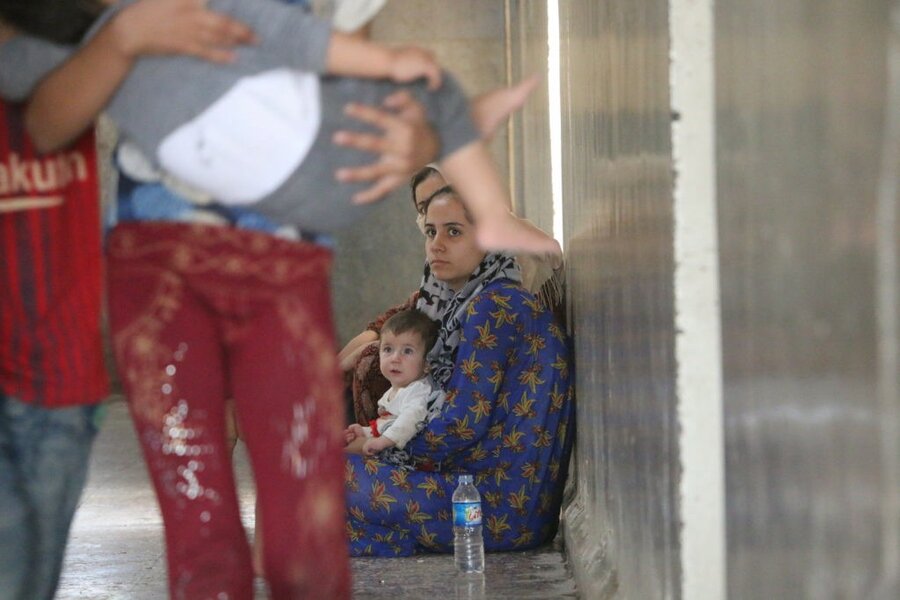
2. COVID-19 poses a great threat to nations lacking robust social safety nets.
Safety-net systems are critical lifelines to help stem the negative economic and nutritional impacts of COVID-19. Many developing countries, however, lack safety-net systems to fill that void. In fact, less than 20 percent of people living in low-income countries have access to social protections of any kind, and even fewer have access to food-based safety nets.
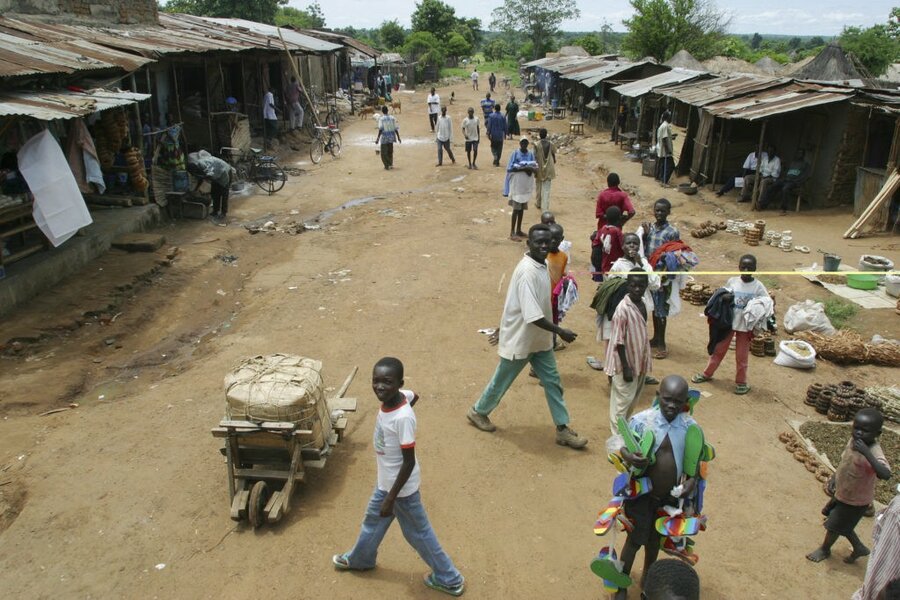
3. COVID-19 may prove especially deadly for people suffering from chronic or acute hunger or malnourishment.
Africa's 1.2 billion people face the highest percentage of undernourishment on the planet, affecting over 20 percent of the population. The COVID-19 virus has proved especially deadly for those who are elderly or whose health is already compromised. This likely includes people suffering from malnourishment.
In a recent interview with Aljazeera regarding the virus' potential spread into North Korea, Dr. John Linton, of the International Health Care Center at Yonsei University in South Korea, said: "If [coronavirus] got into North Korea, where there are a lot of other underlying deficiencies and lacking healthcare, the death rate would go up quite a bit. With their general population suffering from malnutrition, it would be much, much worse than China."
For example, it is believed that the survival rate of patients suffering from Ebola was affected by what healthcare workers call "preceding nutritional status" or the baseline nutritional health of people affected by the virus.
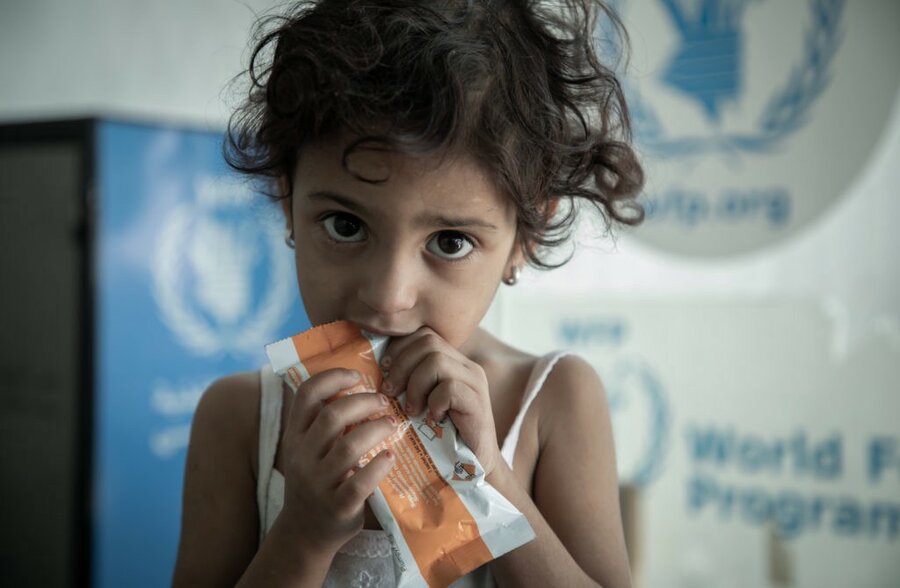
4. COVID-19 may cause breaks in food supply chains, food shortages and food price spikes.
So far, the novel coronavirus has not shown a major direct impact on the supply or price of staple foods in places affected by the virus or globally. During the SARS and MERS outbreaks in China there was also minimal disruption to markets and prices locally, owing to sufficient buffer stocks and measures taken to ensure the continued flow of goods. This has not always been the case, however, in sub-Saharan African.
The Ebola outbreak in 2014, for example, led to dramatic increases in the prices of staple foods in countries impacted in West Africa. Furthermore, the food-price spikes of 2007/8 demonstrate that export restrictions, market speculation and panic behaviour were, in part, responsible for the dramatic increase in global food prices in that period — measures we are not protected against today.
In many developing countries, millions of families already spend upwards of half of their income on food in normal circumstances.
Countries that rely heavily on imported food to meet demand, including sub-Saharan Africa, face disproportionate risk from supply chain failures, especially in the face of border-crossing closures. Finally, it is the impacts of farmers leaving their fields fallow (or facing delays in planting and harvesting) because of sickness and breakdowns in non-food supply chains, like fertilizer and other critical inputs, that may ultimately most impact developing country economies.
5. COVID-19 may cause the global economy to slow or fall into recession, exacerbating extreme poverty and hunger.
The Organization for Economic Cooperation and Development has dramatically revised its projections for global GDP growth this year, calling COVID-19 and its impacts on markets "the gravest threat since the global financial crisis" in 2008. As we know from the latest edition of the State of Food Security and Nutrition in the World report (the "SOFI"), economic decline has major impacts on poverty and food insecurity. "Uneven pace of economic recovery and continuing poor economic performance in many countries after the 2008–2009 global economic downturn are also undermining efforts to end hunger and malnutrition," write the SOFI authors. "Hunger has increased in many countries where the economy has slowed down or contracted, mostly in middle-income countries."
Economic decline, poverty and food insecurity often accompany one another. Global food security programmes could face additional risks if humanitarian and development resources are diverted away from them to combat COVID-19.
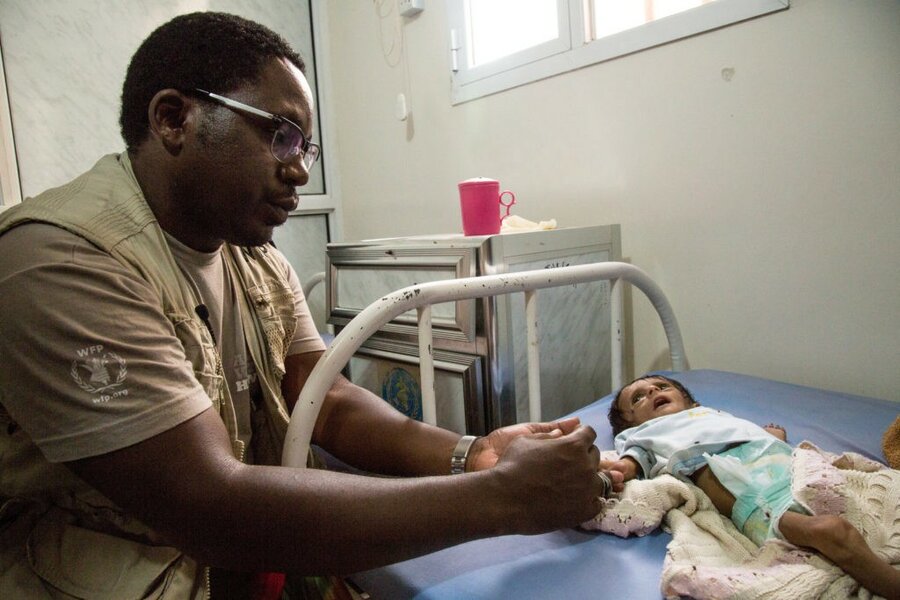
What WFP is doing in response
The United Nations World Food Programme (WFP), the world's largest hunger-fighting organization, works in some of the most difficult places on earth to provide food assistance to people suffering from the impacts of man-made conflict, climate-related extreme weather events and other shocks. WFP serves populations that will potentially experience the greatest risks from COVID-19 and that have the least capacity to cope. As WFP Executive Director David Beasely said in an interview regarding COVID-19's impact on the organization's headquarters in Rome, Italy: "We're in 83 countries, we're in war and conflict and we keep people alive. We can't shut down headquarters for any reason."
WFP is committed to maintaining and, where necessary, scaling up its food assistance operations to reach the 86 million people who require its help. As it did in response to the Ebola outbreak in 2014 and again in 2018, WFP will continue to leverage its unmatched logistical expertise and field presence to closely monitor global food supplies and prices, preposition food stocks to priority operations, and support WHO and governments with supply chain expertise.
This is an edited version of an article from WFP-USA. You can read the original here.
Related story: How to minimize the impact of Coronavirus on food security.
